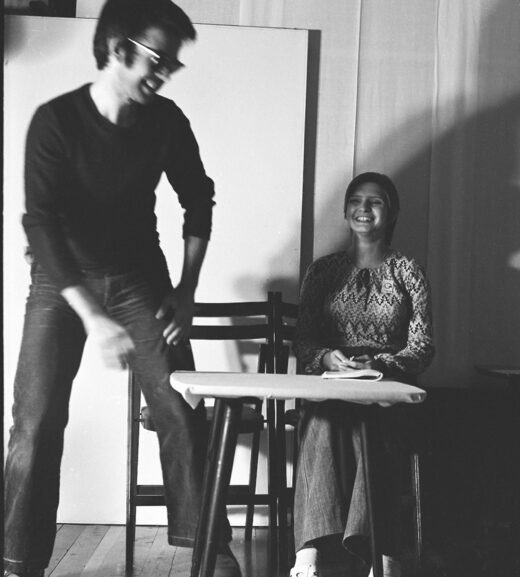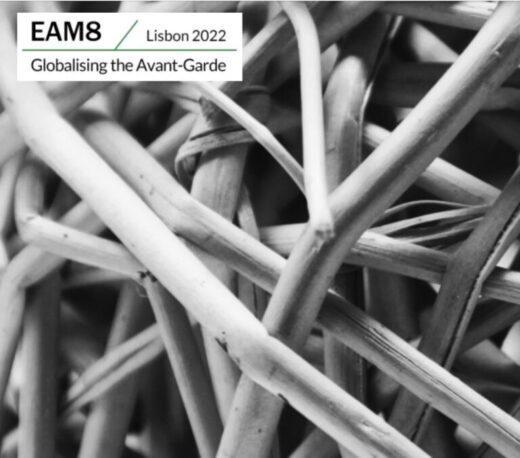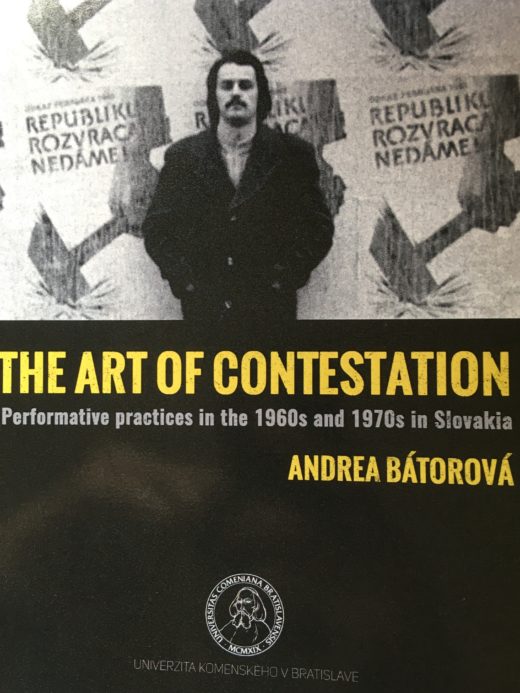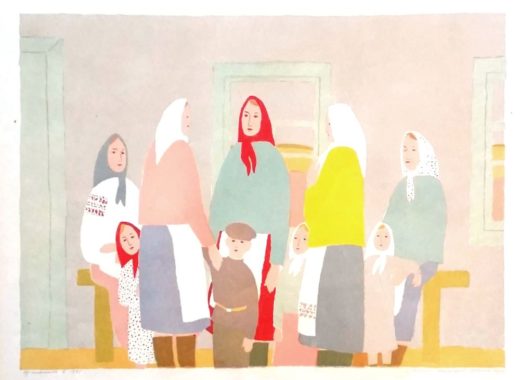“Being Together”: the Meeting of Mail-Artists at the F-Art Festival in Gdańsk, 1975
1975 marked the changing field of neo-avant-garde practice in Poland in which a popularization and consolidation of the mail art scene brought to the fore the significance of networked art, particularly in its capacity to foster international exchanges and meetings. In the first half of the decade contact became an important feature of conceptual art and neo-avant-garde art in the region, both as a subject of art and as a practice. The following analysis of artistic events and undertakings in 1975 proposes this year as a watershed moment in the development of networked art in the region and re-thinking how … Read more













